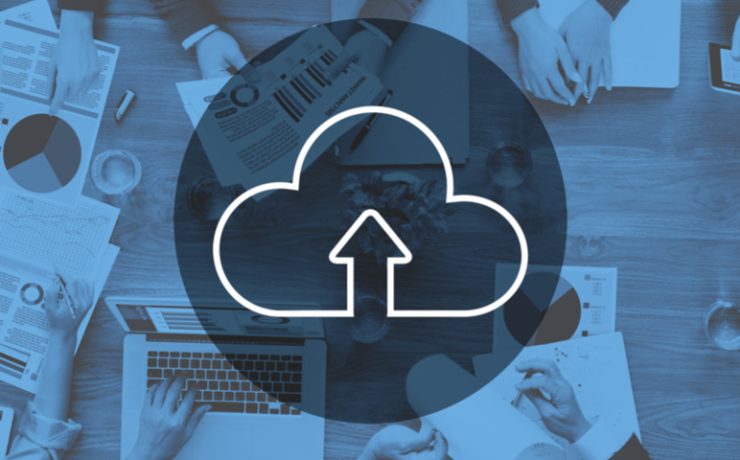
The Benefits of Scanning to the Cloud
If you’re like many of today’s growing companies, you’re scanning and digitizing your records and internal processes. Cloud computing combined with a document management system can be the catalyst to a nearly paperless office. If you’re considering the move to document scanning and digital workflows, you’ll need to decide between









